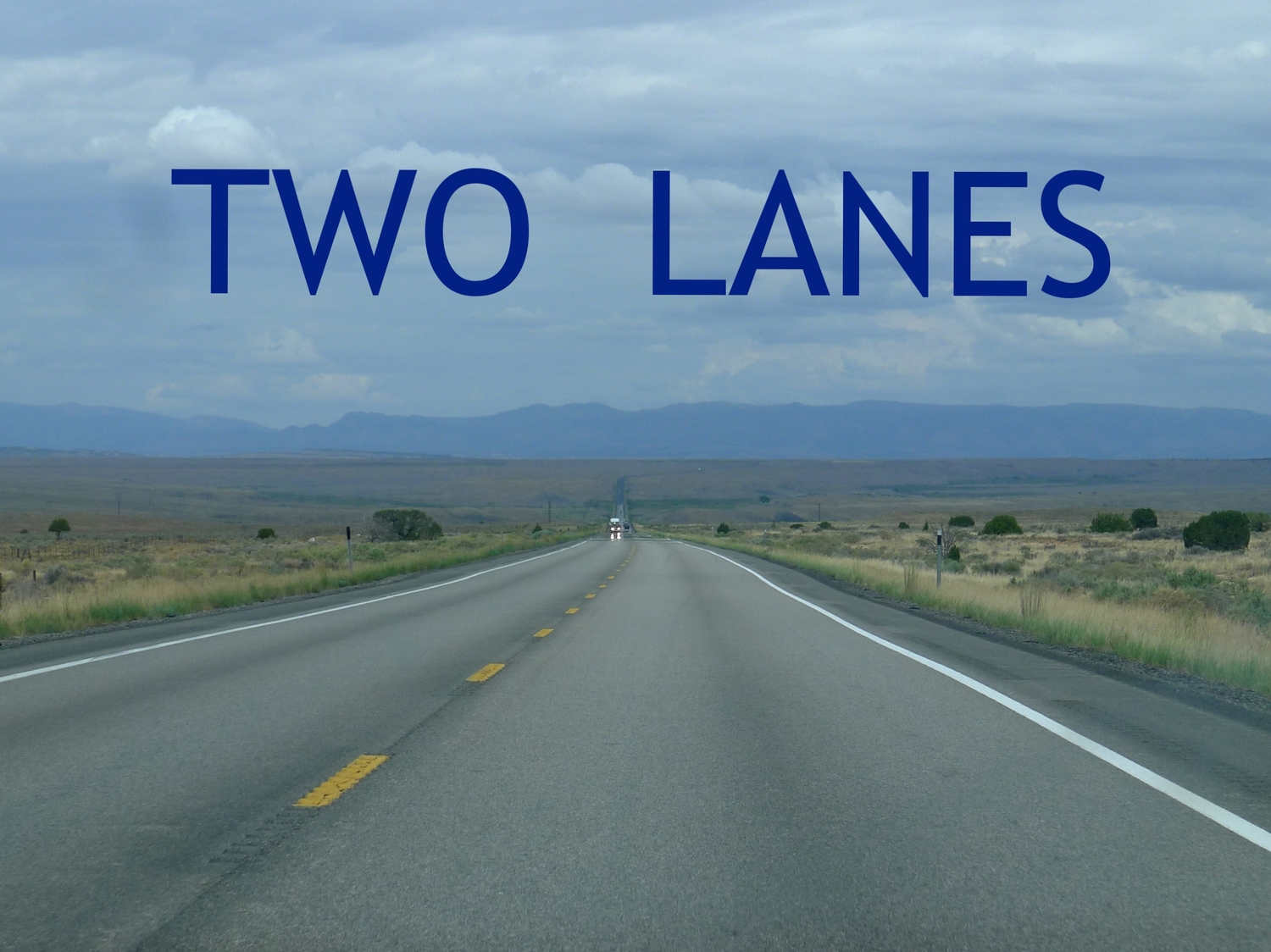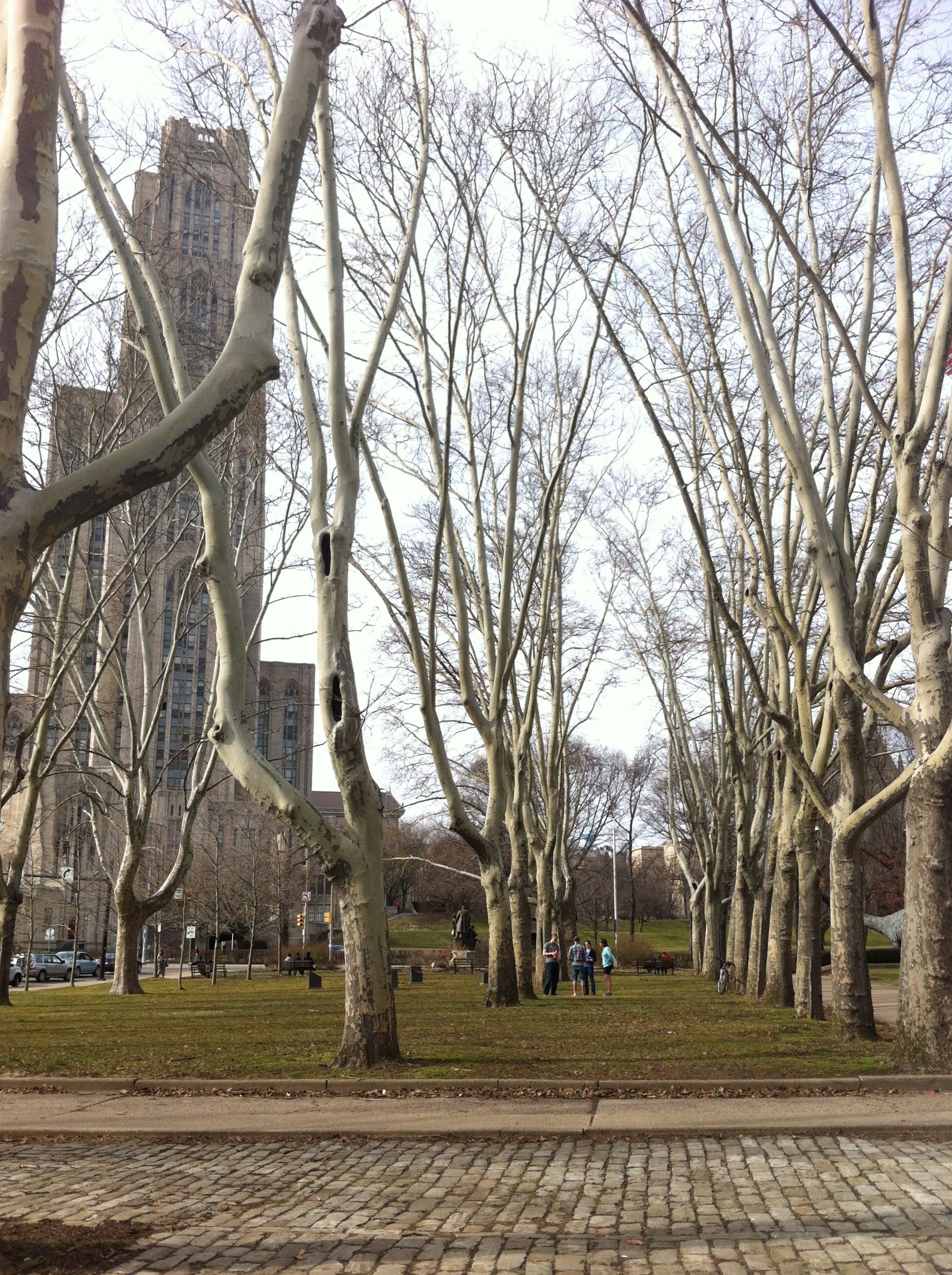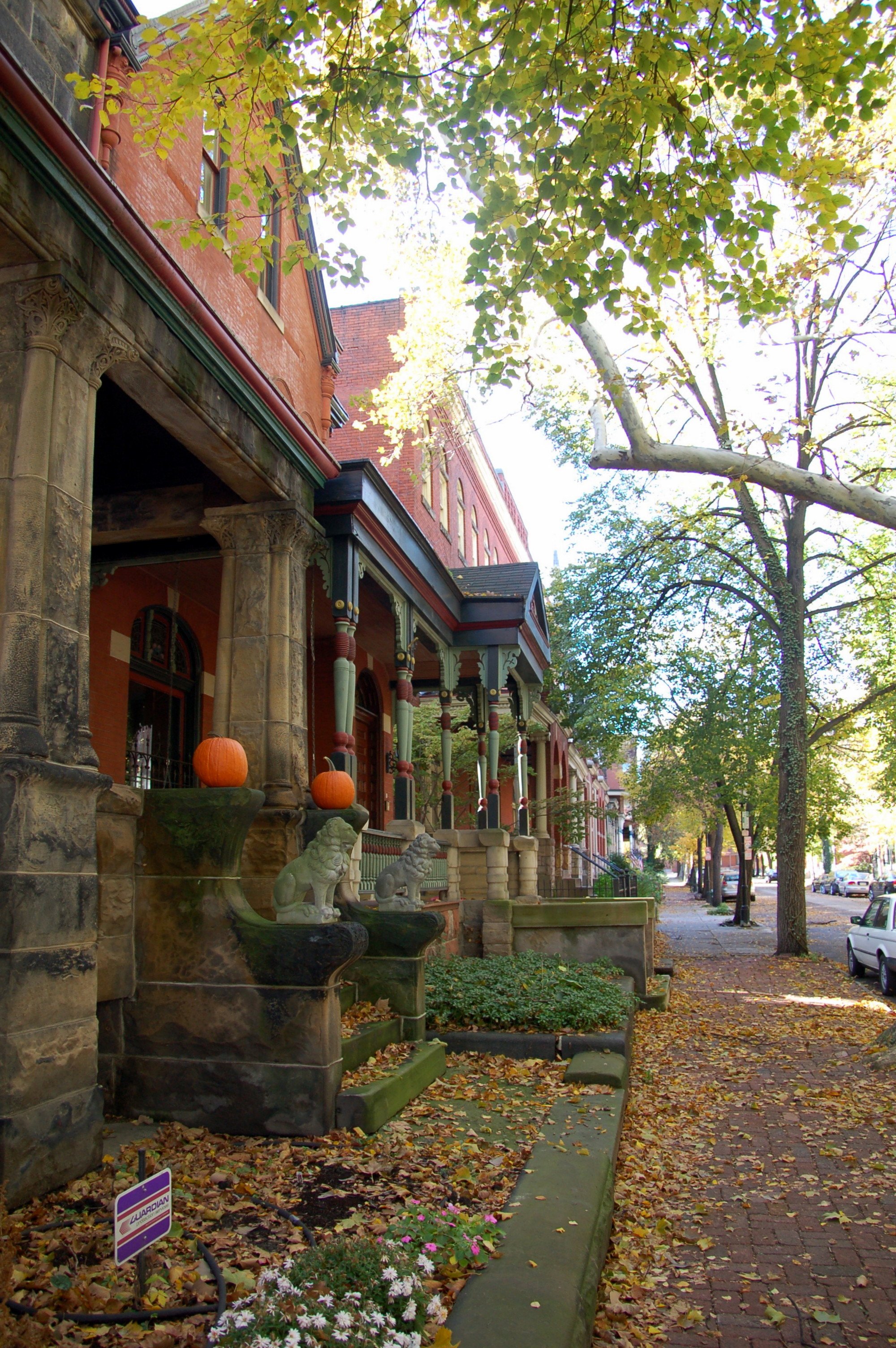The Drive Home, Part VI: The Fade
It’s not the more famous entrée into the city; no, that would be the dizzying burst out of the Fort Pitt Tunnel following the lull of the Parkway West, slinking in between unseen office parks and shopping centers, then suddenly finding yourself face-to-face with a sparkling array of skyscrapers, like stumbling upon a modern day El Dorado hidden amongst the hills. With unique panache it greets the unsuspecting visitor arriving from the airport and it winks knowingly at the old hand who doesn’t need to waste so much as a glance at the green aluminum welcome mats offering a four-second crash course on the jumble of lane configurations.
In some ways, though, the less heralded procession through the Liberty Tubes is just as grand. For one thing, there's no overhead truss to contend with, allowing for a more unobstructed view of the skyline. There are also no fewer than five other bridges immediately visible spanning the Monongahela to the left and right, each of a different style and vintage—this is the City of Bridges, after all. We've got more of them than Venice, so it is claimed.
There's also an eminently analgesic effect after the protracted slog up Route 51's torturous rack of traffic lights, skimming past characterless municipalities that owe an overwhelming share of their tax base to an opportunistic history of white flight. After trawling through such oppressive generica, emerging from the tunnel will forever feel like coming home. And maybe that’s not such a bad thing, despite my feet-dragging all this while.
But what does it actually mean to come home? All told, it's about a five-hour drive to get here from Washington via the National Road, Cumberland, Pennsylvania Route 160, Berlin, the Glades Pike, the Mon Valley, and Century III Mall, yet somehow it feels like it's taken me years. Perhaps that's largely because, regardless of how much truth there is behind Thomas Wolfe's adage regarding the impossibility of going home again, I certainly buy that it's at least difficult to talk cogently and poignantly about it (though that doesn't stop me from feebly trying).
In my experience, virtually no one has a neutral opinion of the places in which they’ve spent the most years, especially earlier in life. People tend to come down strongly on their hometown at one end of the spectrum or another and it’s only normal for that bias to creep into any attempt to ascribe meaning. My own forays into transcribing ruminations about Pittsburgh onto paper have frequently veered, albeit unintentionally, into the realm of advertisement, and I’ve found myself unable, or perhaps unwilling, to turn off that spigot. I’ve had too much of a personal stake in the subject I was trying to document.
Over the past century, Pittsburgh has endured a transformation in stages from flourishing but filthy (“hell with the lid off”), to broken and rudderless in the wake of fleeing industry, to well-kept secret as a pioneer of how to escape the Rust Belt quagmire, to today’s wider renown for gaining a reputation as something of an “It” city, a place that the best and brightest actually want to be.
I grew up right on the inflection point between those second and third stages. By the time I hit high school, it still wasn’t hip to appreciate Pittsburgh. “There’s nothing going on here. I can’t wait to get out,” were common refrains in the cafeteria or study hall or gym class. I saw through this myopia all along. For me, it was a good place long before the outside world started to sit up and take notice, so much so that I had no major qualms about returning home after college. I was not in any rush to scurry away, satisfied enough to drift through my twenties in familiar surroundings.
Many others in my cohort have joined me, even a number of those who cast the most aspersions as teenagers. Stage four now perilously teeters on the brink of what comes next: an overload of desirability, sickly sweet. Buzzwords get carelessly flung about to measure a city’s success in modern terms, with scant thought allotted to the concerns of how much soul is worth sloughing off and who gets left behind.
It’s far too easy to get caught up in the hype machine, too easy to unearth and sink my hands into the superficial reasons for Pittsburgh’s ascendancy. I could fill pages waxing eulogistic about all of the factors that make it so—the walkable neighborhoods, the universities that foster the curious breed of person that helps to keep a place interesting, the thousands of acres of urban parkland, the cost of living relative to other hot metros, the burgeoning foodie scene, the natural beauty afforded by the rippled terrain that is almost unrivaled among American cities.
But that’s everyone’s Pittsburgh. At the risk of falling into a deep well of solipsism, my Pittsburgh, three decades’ worth, is not so much in the magazine rankings and puff pieces published for the benefit of nationwide audiences. It’s in the age-old question of what it is to be from a place. It’s in all that which has been earned and discovered, not merely taught or read about and then swooped upon.
My home is in the alleys, shortcuts, lost worlds, in the tangled paths through forested glens, in the overgrown basketball courts that have claimed and kept the blood from the sacrificial ritual or countless scraped knees and elbows. It’s in the rusted, sagging bridges that will be reconstructed in a year or two to be slick and anesthetized, and the derelict towers that will soon house luxuries the likes of which have never graced their community before, catering to people who would never have considered setting foot in that community before.
It’s in the innumerable views—yes, the endlessly reproduced, infinitely Instagrammed ones I’ll still never take for granted—but even more so in the secret views you can’t get to without knowing how, through gaps in the branches of a wooded hilltop or perched in a crumbling, forgotten cemetery, and in the views that unexpectedly leap out from behind the corner of a tilted, crooked street to steal the air from your lungs.
It’s in my thoughtful spots, a sycamore’s shade on the tiny hillside college campus sandwiched between two bustling neighborhoods but at the same time tucked quietly away from it all, or on the woefully underused benches in front of the flagship library, flanked by architectural wonders at the city’s intellectual heart, or posted at the end of the bar in one of the city’s quintessential but increasingly harder-to-find dives, masked by neon beer logos, watching life pass outside the window in that quirky double-time manner of an early film reel.
It’s in things as routine as the cycling of the days and the churning of the seasons, in the cool serenity of Sunday morning’s slanted shadows before high noon arrives and erupts into a midsummer broiler; in the nostalgic snare of a crisp autumn afternoon on a leafy lane where the entire world has taken on the earthy palette; in the delicate stillness after snowfall on a one-way, one-block street, when it seems like so much as a deep breath might irrevocably disturb the whole tableau; and in the titanic battle of a frosty spring dawn, the sun’s exhalations hovering over the ground in their quest to defeat the previous night’s chill.
It’s present in the energy of a watercolor neighborhood scene on an unseasonably warm evening so idyllic the whole citizenry is collectively inspired to be out and about.
It’s present in the electric excitement of an impending storm, the ominous shelf cloud staring you down, daring you to blink, but the prospect of conceding and finding a refuge in which to hole up and watch its fury in safety and comfort is a noble one.
It’s present when vibrancy drains from the urban canyons of Downtown in the wee hours, leaving the glittering towers frozen in dormancy above the deserted streets, like exquisitely carved gargoyles waiting to reanimate again.
And it’s present in the rarely spectacular sunset preceding a crystal clear winter’s nightfall, compelling you to wrap it up and stash it in your pocket for gray times. There it will join all of these snapshots of the city that raised me, reminders that it will always be my city, no matter what upheavals the future holds.
I write this having reversed the commute and taken up residence full time in our nation's capital, for over half a decade now. The buffer of time and distance gradually accumulates and coagulates as it does so into another dimension of perspective. My hope is that this new layer will one day be able to look eye-to-eye with the ground level view that is all I'd previously known and shake hands. Not necessarily as an equal, for thirty years is a mighty head start, but at the minimum as a respected peer.
In the meantime, I'll continue to navigate the alien realm where home isn't the same home anymore and new home still isn't fully home yet, either—and may well never truly be. It's a different sort of adventure, what I like to call the adventure of the mundane, cracking open a habitat like a book fresh off the shelf. The everyday intricacies and nuances of each street, each block are waiting to waft off the pages, all the more stimulating for being shared with someone you love.
I know, though, that there will still be days when I'll wake up to a tantalizingly azure sky, coaxing me outside to get behind the wheel of my car and set off, whether for destinations heretofore unknown or for those I keep coming back to, time and time again.
I know that at the end of those days it will still be hard for me to drive home.





















